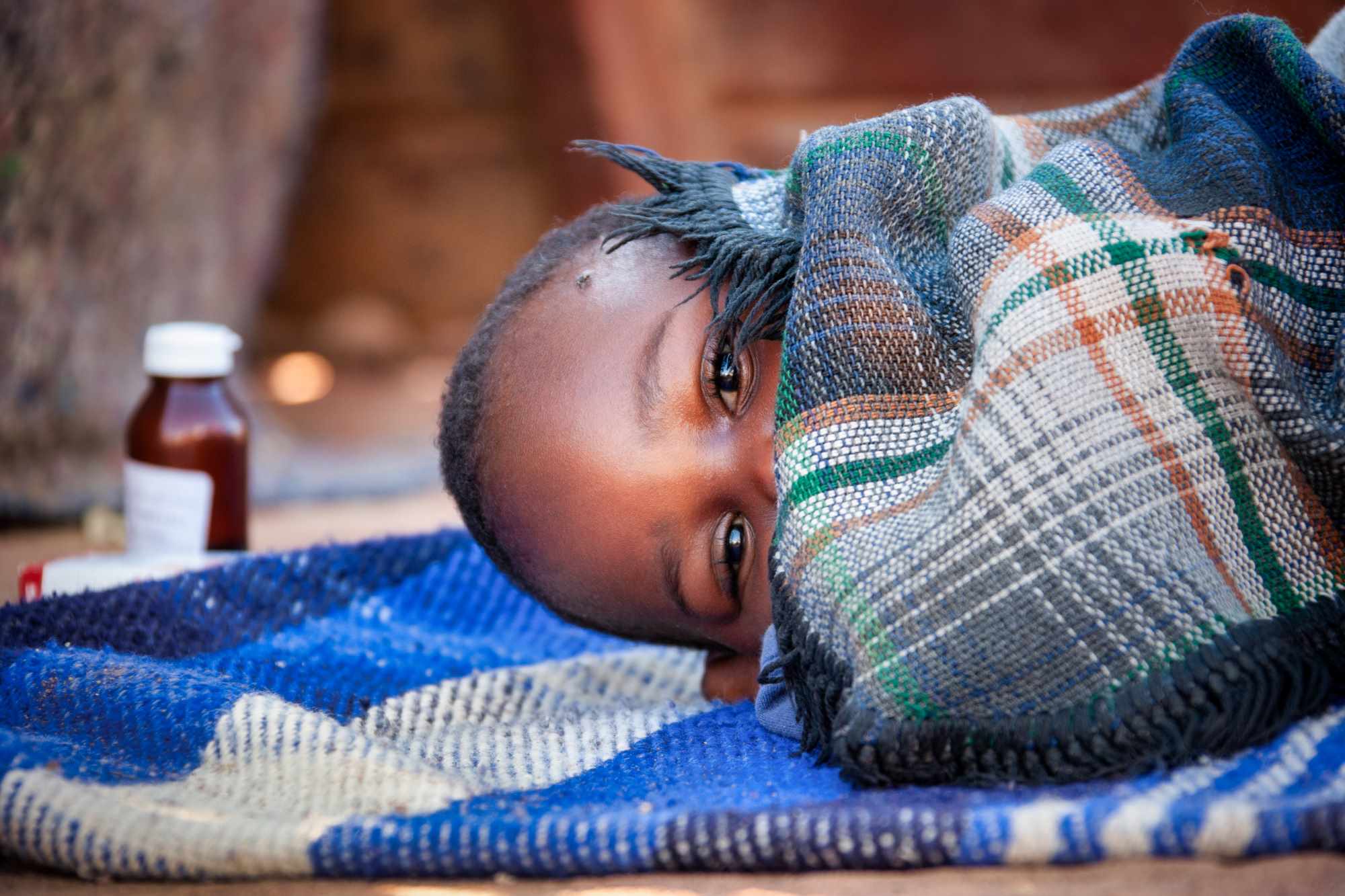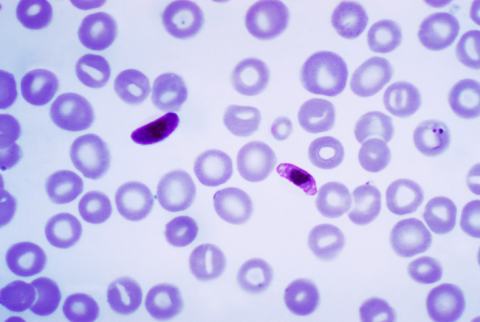U.S. malaria initiative would save more than 100,000 lives in Africa this year if continued
The U.S. Presidential Malaria Initiative is a project that has been in place since 2005 to reduce malaria cases and deaths in Africa. The Donald Trump administration has halted some of its services and questioned its continuity. Now, a team has analyzed the possible consequences in 27 of the most affected countries on the continent. According to their estimates, some 104,000 deaths and around 13.6 million cases would be avoided if full funding were maintained. The results are published in The Lancet.

Consuelo - PMI (EN)
Consuelo Giménez Pardo
Professor of Parasitology at the University of Alcalá (UAH) and director of the Master's Degree in Humanitarian Health Action (UAH-Doctors of the World)
Since its inception in the US in 2005, the President's Malaria Initiative (PMI) has played a pivotal role in reducing malaria morbidity and mortality in Africa. Given that the status of PMI funding and operations is currently uncertain, the authors of the study set out to quantify the investment PMI makes in supporting the procurement and distribution of commodities for the control of this parasitic disease. Their conclusion is that it translates, in 2025, into millions of malaria cases averted and approximately 100,000 lives saved in the 27 countries where they operate in Africa.
Underfunding would mean that, without rapid diagnostic tests, it would lead to a reversal of malaria diagnoses, resulting in a higher proportion of artemisinin-based combination therapies being prescribed to people without malaria. Such prescribing would increase pressure on the stock of artemisinin-based combination therapies. The reduction in confirmatory diagnoses would also imply a decrease in the quality of surveillance data, and this would impair monitoring.
Without PMI support, implementation of vaccination with RTS, S/AS01 or R21/Matrix-M vaccines would be more complicated. There is also the issue of directly supported health workers (about 100,000 community health workers), whose efforts have improved access to care for malaria cases in rural and remote communities. The same is true of the strengthening of entomological and other disease surveillance systems, and the monitoring of insecticide and drug resistance.
The authors value the resilience and self-reliance of health agencies in many African countries, as more limited international funding will likely drive mitigation and response strategies by national government health agencies in the future. Scarce control commodities could also be reprogrammed. However, it should be noted that PMI provides almost a quarter of the total $3 billion malaria funding, so rapidly mitigating the absence of PMI would require substantial reallocation of resources from other budgets.
Symons et al.
- Research article
- People
- Modelling



